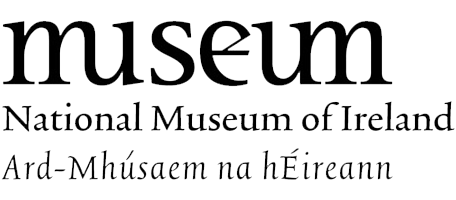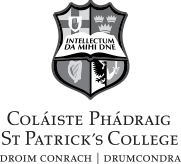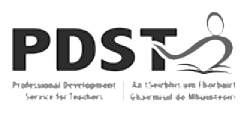Where does the Bronze Age Handling Box fit within the Irish Curriculum?
This Resource is informed by the principles, aims and objectives of the Primary Curriculum (1999). It fits within a number a curricular areas including History.
The concept of ‘working as a historian’ provides young people with opportunities to engage with historical evidence by asking questions, investigating and constructing historical narratives and offering interpretations of what the past was like.
Material culture (objects, buildings, physical infrastructure and human intervention in the environment) and objects in particular, form an important part of the evidence base used in studying history.
What is the value of object-based learning?
The contribution made by artefactual evidence to children’s learning has been identified in the guidelines for teachers that accompany the Primary History Curriculum as follows:
- Using objects promotes activity based learning which helps to motivate children.
- Objects are accessible to all children and not dependent on literacy.
- Using objects as evidence helps children develop a broad and balanced view of history.
- Examining objects helps children recognise the ingenuity and creativity of past peoples.
- Working with objects provides opportunities to develop children’s understanding of historical concepts like causation, change and continuity. This lends to an appreciation of the context in which those objects were created and used.
- Young people should be encouraged to see that objects demonstrate examples of problem solving and innovative thinking skills of our ancestors. This helps to develop young people's respect for the ancient technology and creativity of our ancestors.
| Table 1: Links to the Primary History Curriculum | ||
| Strands | Strand Units | Activities |
| Working as a historian: | Time and chronology Using evidence Change and continuity Empathy Cause and effect Synthesis and communication |
All of the activities |
| Early people and ancient societies: | Stone Age peoples Bronze Age peoples |
All of the activities |
| Local studies: | My locality through the ages Buildings Sites or ruins in my locality |
This will depend on the evidence relating to the Neolithic and Bronze Age periods in the local area. Where possible, children should use the activities in this pack as a springboard to a local study. |
| Continuity and change over time: | Food and farming Clothes Barter, trade and money |
All of the activities |
| Table 2: Cross-Curricular Links in the Primary Curriculum | ||
| Subjects and Strands | Strand Units | Activities |
|
Literacy: Receptiveness to language |
Oral language: developing receptiveness to oral language; Reading: developing strategies | All of the activities |
| Competence and confidence in using language | Reading: reading for pleasure and for information | All of the activities |
| Developing cognitive abilities through language | Oral language: developing cognitive abilities through oral language; Reading: developing interests, attitudes, information retrieval skills and the ability to think | All of the activities |
|
Geography: Geographical skills |
Questioning, Observing, Predicting, Investigating, Analysing, Recording and Communicating, Evaluating | All of the activities |
| Human environment | People living and working in the local area / in a contrasting part of Ireland | All of the activities |
| Natural environments | The local natural environment; Rocks and soils | All of the activities |
|
Science: Working scientifically |
Questioning, Observing, Predicting, Analysing, Recording and Communicating | All of the activities |
| Materials | Properties and Characteristics of Materials | All of the activities |
|
Visual Arts: Concepts and skills development |
An awareness of line, shape, form and texture | All of the activities |
| Drawing | Making drawings | All of the activities |
| Looking and responding | Looking and Talking about own work, work of other students | All of the activities |

 The National Museum of Ireland
The National Museum of Ireland Association of Teachers' / Education Centres in Ireland
Association of Teachers' / Education Centres in Ireland St Patrick's College, Drumcondra
St Patrick's College, Drumcondra Professional Development Service for Teachers
Professional Development Service for Teachers